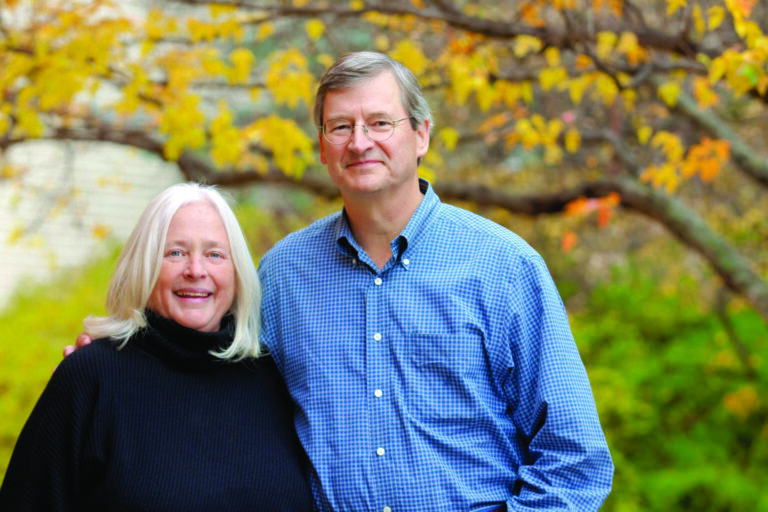
Barbara and Wally Weitz pledge $25 million to Only in Nebraska campaign
Omaha philanthropists commit $19 million to UNO and $6 million to Nebraska College of Technical Agriculture Omaha philanthropists Barbara and Wally Weitz have made a

Omaha philanthropists commit $19 million to UNO and $6 million to Nebraska College of Technical Agriculture Omaha philanthropists Barbara and Wally Weitz have made a
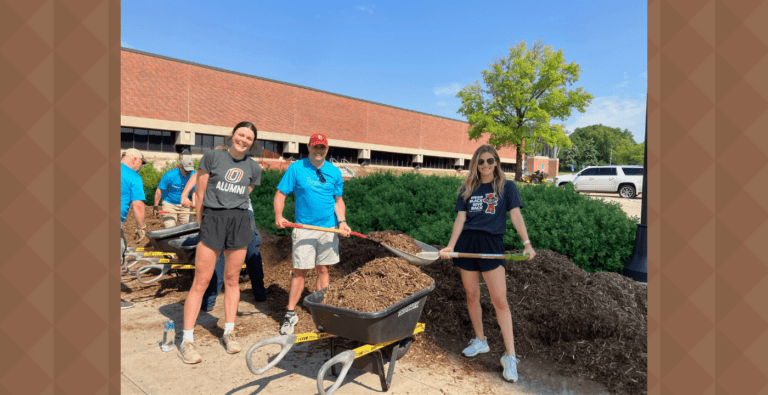
By Connie White Tom Thompson spent the morning of June 2 organizing kitchen supplies and cleaning the indoor splash pad at the University of Nebraska
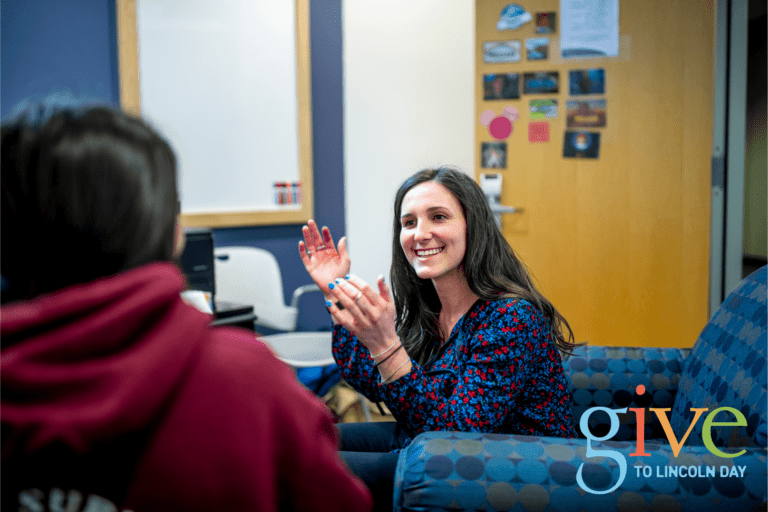
The Center for Advocacy, Response & Education (CARE) is a lifeline for University of Nebraska‒Lincoln students, faculty and staff who have experienced trauma. This year’s

Plainview, Nebraska, native Bill Johnson has been selected as senior vice president of development at the University of Nebraska Foundation, where he will lead private
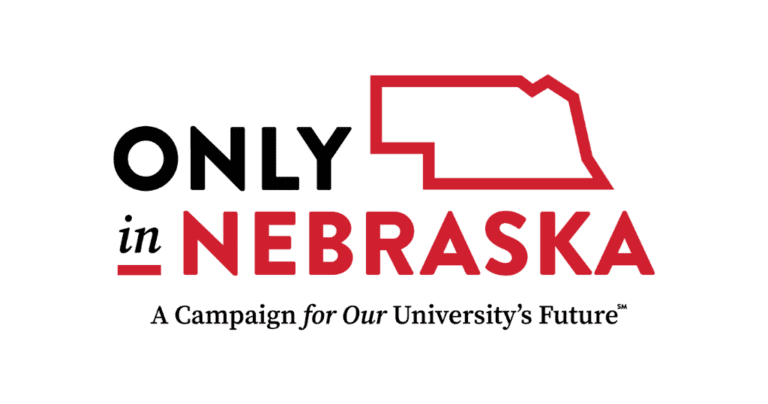
Today, University of Nebraska System President Ted Carter, joined by the chancellors of the four University of Nebraska campuses, announced the public launch of Only
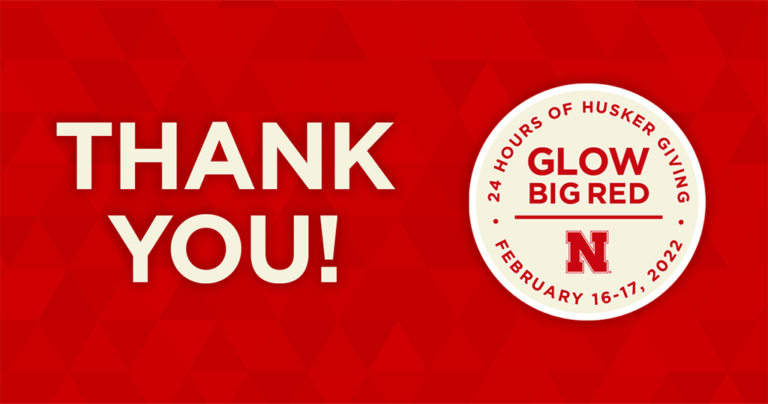
A lot of good can happen in 24 hours. In a true reflection of Husker spirit, the University of Nebraska–Lincoln’s Glow Big Red campaign (which
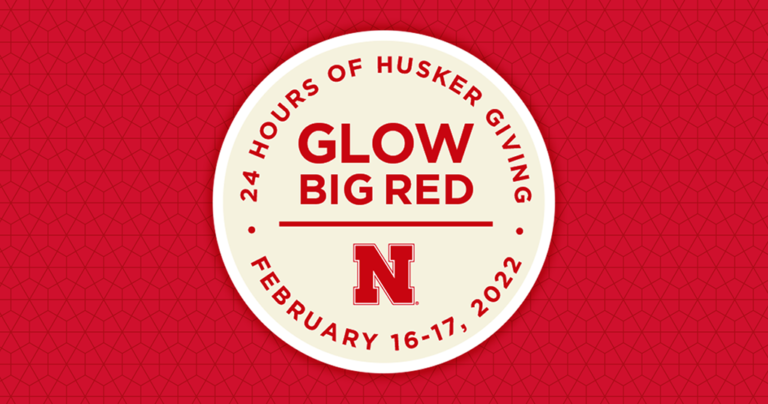
The University of Nebraska–Lincoln invites its supporters to Glow All In during Glow Big Red — 24 Hours of Husker Giving on Feb. 16–17, 2022.
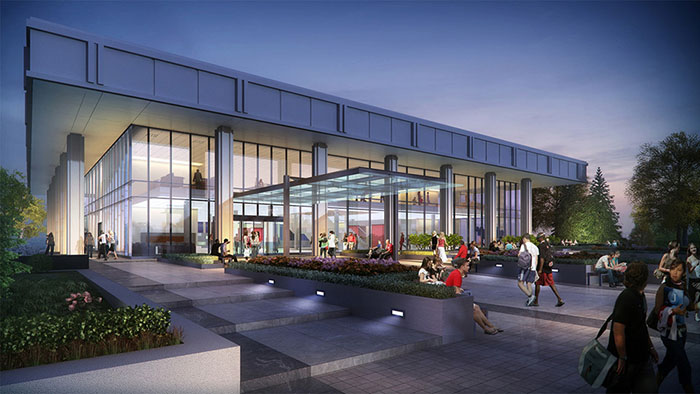
The new learning space will be named the Dinsdale Family Learning Commons in honor of Dinsdale brothers, Roy and Jack, who are University of Nebraska
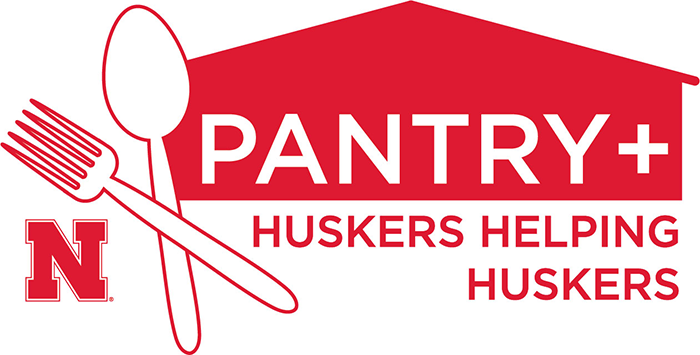
One in three students at Nebraska worries about not having enough food to eat. Gifts will help the Huskers Helping Huskers Pantry+ by providing free
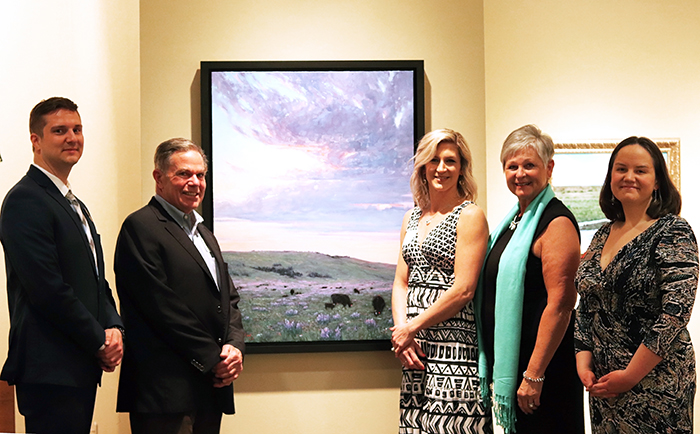
Fred and Julie Hoppe of Lincoln provided the gift to enable the Great Plains Art Museum to create the new Elizabeth Rubendall Artist-in-Residence Studio and
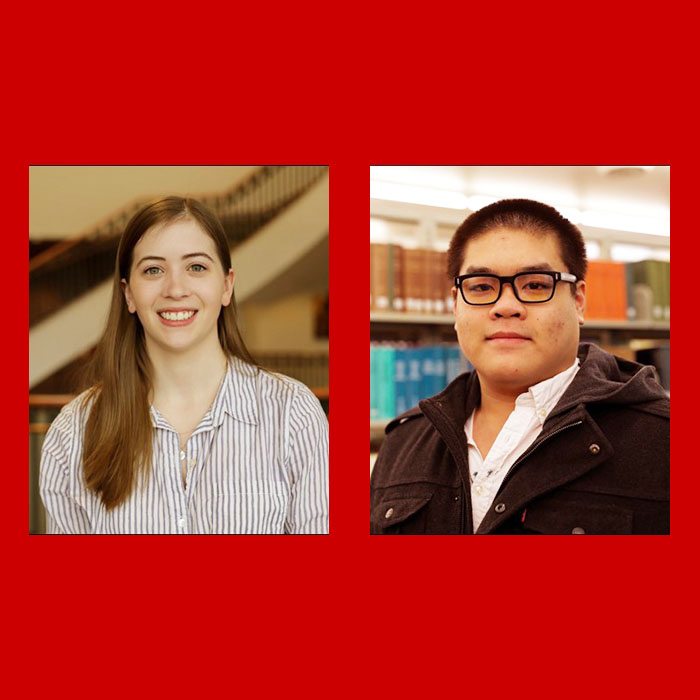
The late Edward Cornish made a gift in 1937 to establish the first permanently endowed scholarship fund to forever support the education of UNL students.